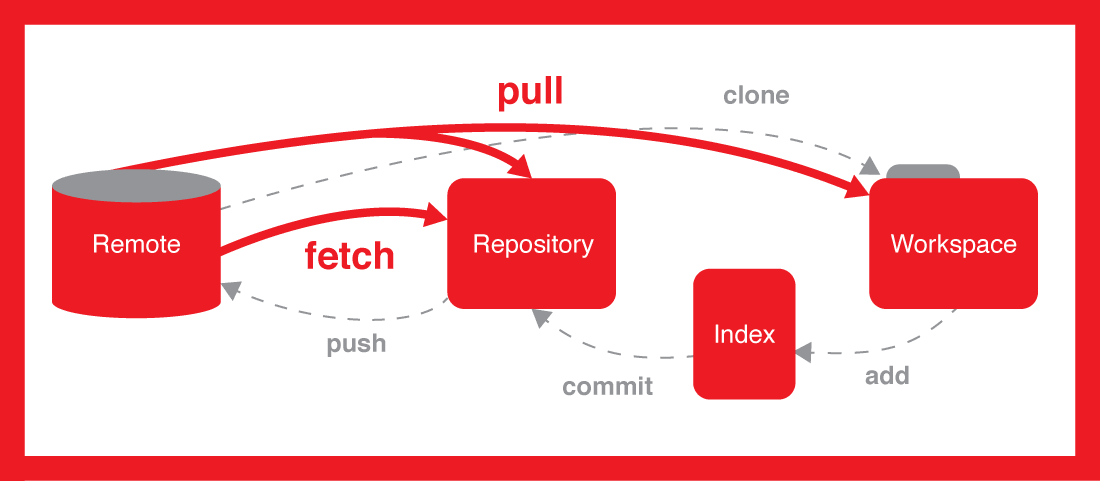
Create a local clone of your fork with git clone. “Fork” the repository (this creates a clone to your GitHub account). Git pull request code#
Go to the page for the code respository you want to contribute to (the “upstream”). A common workflow for submitting a pull request with GitHub would look like this: However, projects using GitHub will often use GitHub’s own tools for handling pull requests. The method for rasing a pull request may differ between projects, so be sure to check the projects documentation for details. Once the contributor is satisfied that their changes are worthy of consideration by the project maintainers, a pull request is raised. Changes committed locally can then be submitted to the upstream project for inclusion in the next release. Here, you can make your changes and commit them locally to create a revision history, allowing changes to be tracked and easily rolled back if required. When contributing to an open source project using a DVCS, you will have a copy or “clone” of the source code repository in your local development environment. This document will provide a simple overview of pull requests and how they are created, using the Git version control system and GitHub hosting site as examples. It is important to note that “pull requests” are a workflow method, and are not a feature of the version control system itself. A pull request occurs when a developer asks for changes committed to an external repository to be considered for inclusion in a project’s main repository. It is often the preferred way of submitting contributions to a project using a distributed version control system (DVCS) such as Git. We need to get the local branch name so we know which branch we're going to compare in the pull request.A pull request is a method of submitting contributions to an open development project. Grab the Local Branch Name ( branch_name) We have now generated the GitHub URL for the remote repository regardless of whether the repository was cloned using SSH or HTTPS. This is usually only applicable if you have multiple remotes configured in your repo and one of them is not a GitHub remote. 
The final awk command filters out any non-GitHub URLs. So at this point, we have the we use the sed command to modify the text to make it a GitHub into Github_url = ` git remote -v | awk '/fetch/, prints the second of those items. Using commands like git, awk, sed, and cut, it generates the GitHub Pull Request URL using the remote configured in your local repository.

The openpr() function does all of the heavy lifting. Bash Functions to Open a GitHub Pull Request I'll post my functions here and we can go over what they're doing. I recommend using Oh My Zsh, since you're able to easily add functions to the ~/.oh-my-zsh-custom/custom/functions.zsh file. The process to automate this is a bit more complicated than can be achieved using a bash alias, so we're going to use bash functions. I highly recommend reading his blog post. I have made some minor improvements since then. My colleague Logan Henson mentioned this in "Tip 3" of his incredibly helpful post, Building a Great Pull Request. Wouldn't it be nice if you could skip all these steps with one command? Jose can help! Finally, you can start writing your PR and share it. Then you have to manually select the branch you just published. Next, you have to open up the GitHub repo and click on the "New pull request" button. First, you have to push the branch to your remote repository.

Unfortunately, you have a few mind-numbing steps to take before everyone can bask in the glory of your code. Your command line is telling you that you have a clean branch and you want to share it with the world RIGHT NOW! You write up a snazzy commit message and hit enter. You finally did it! You finished writing your new feature and it's fully tested.







 0 kommentar(er)
0 kommentar(er)
